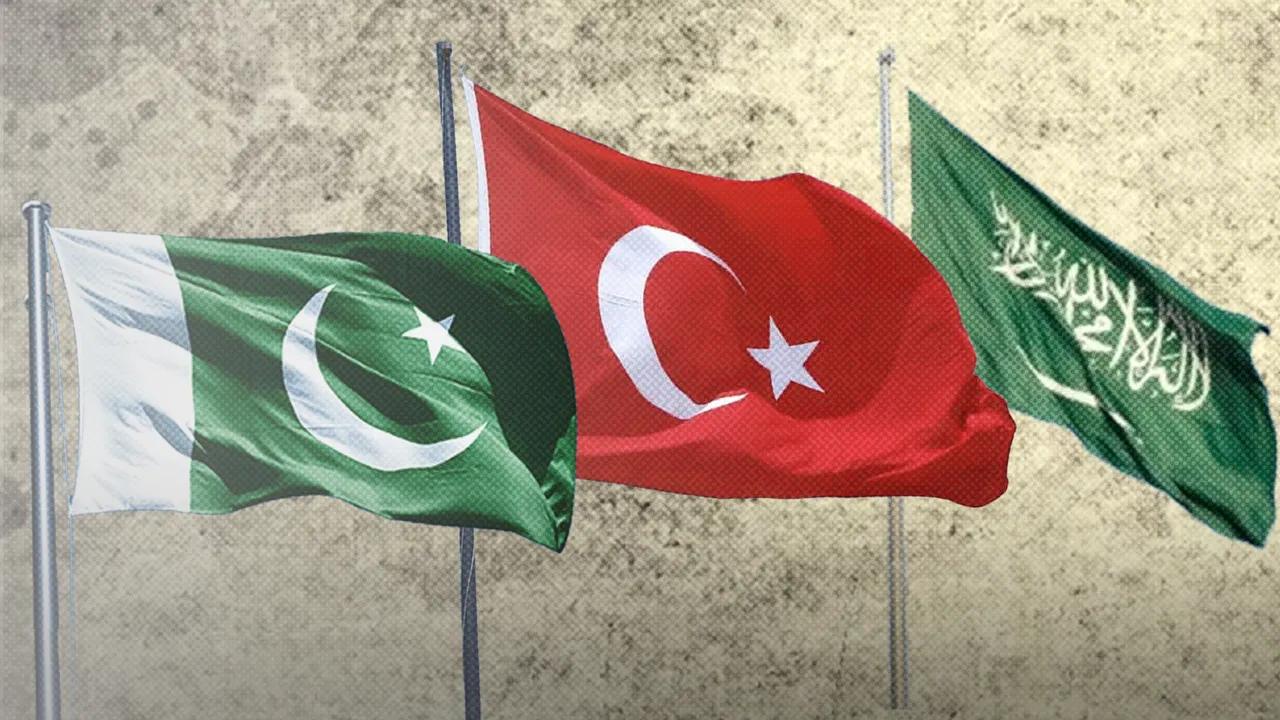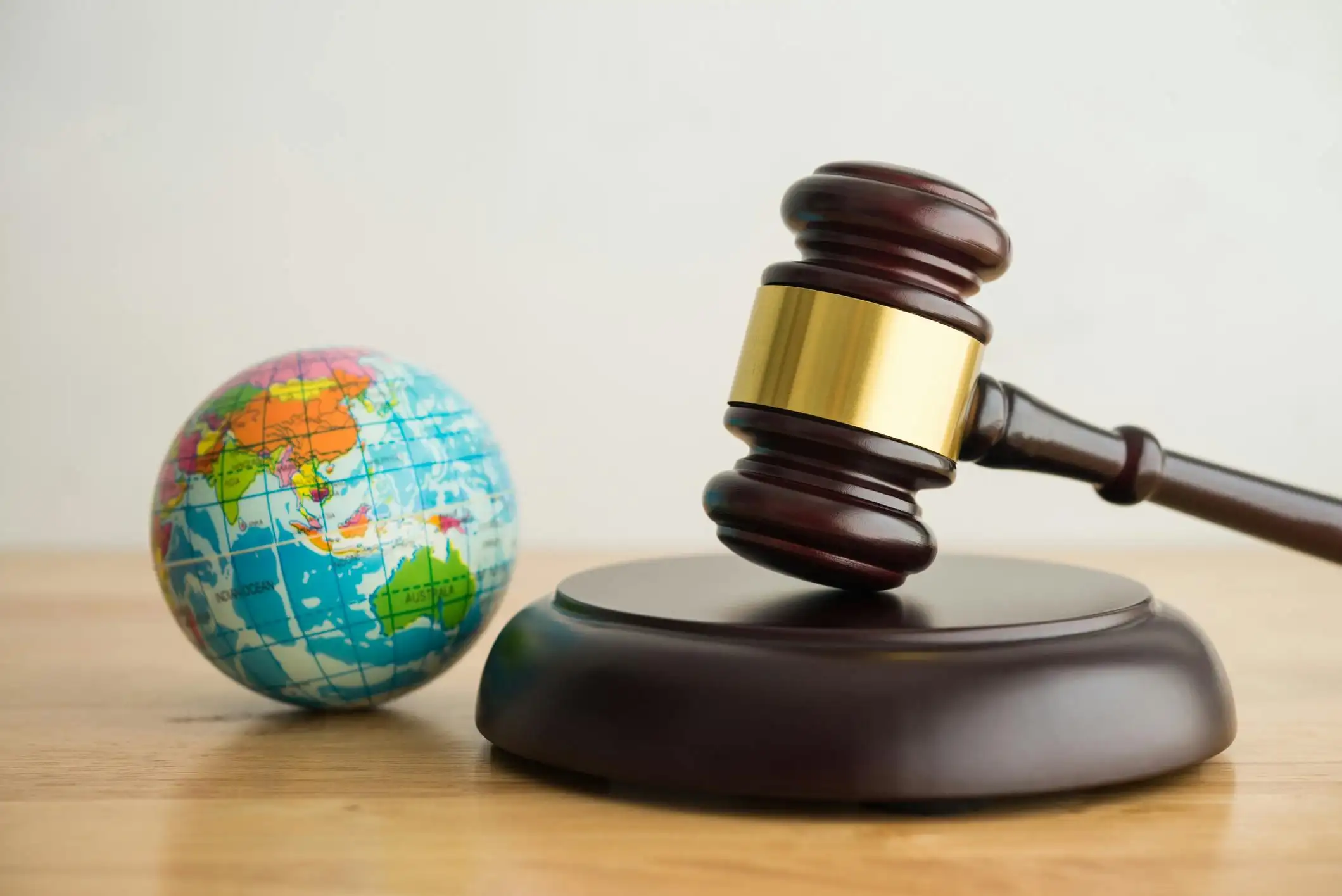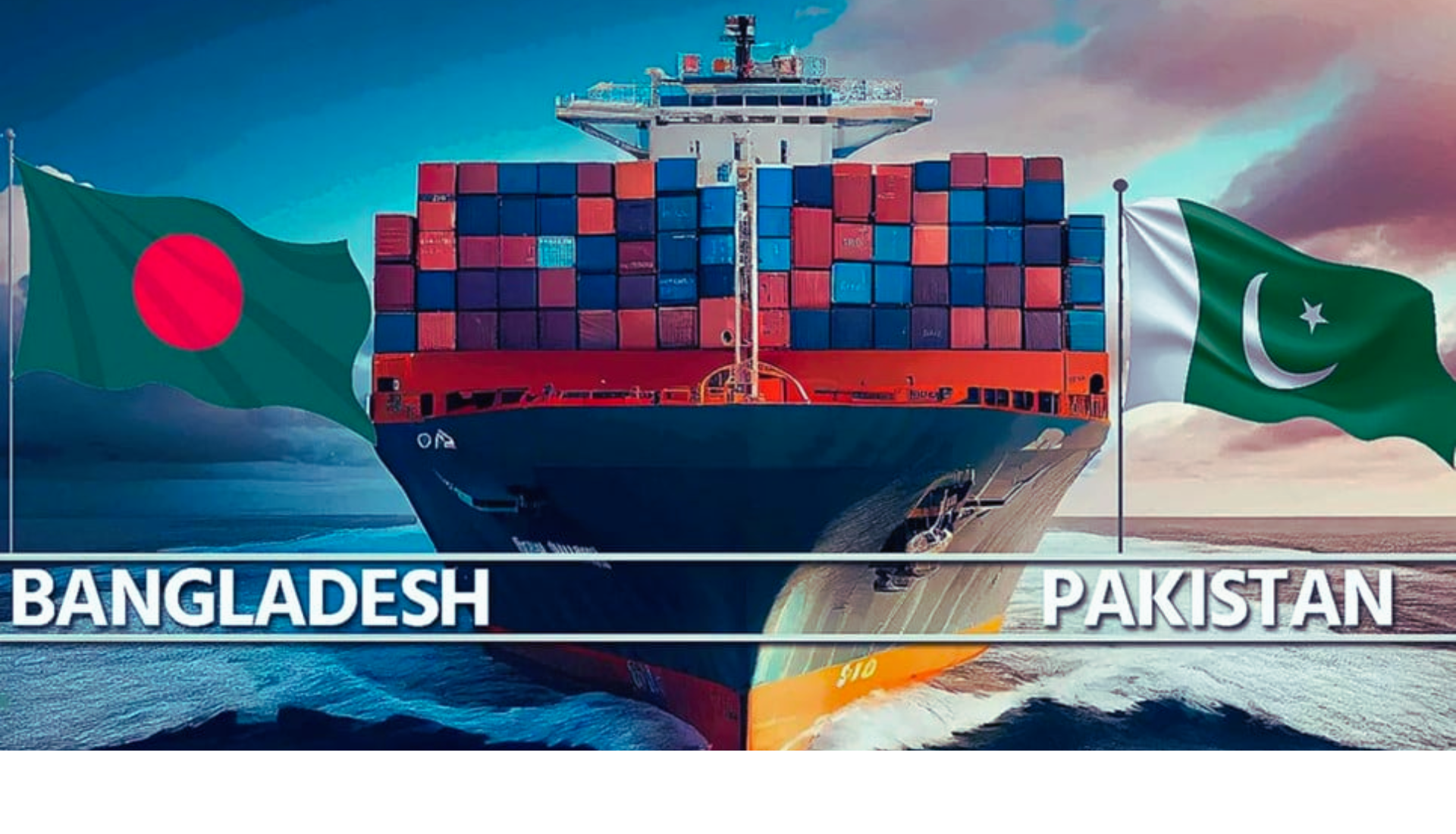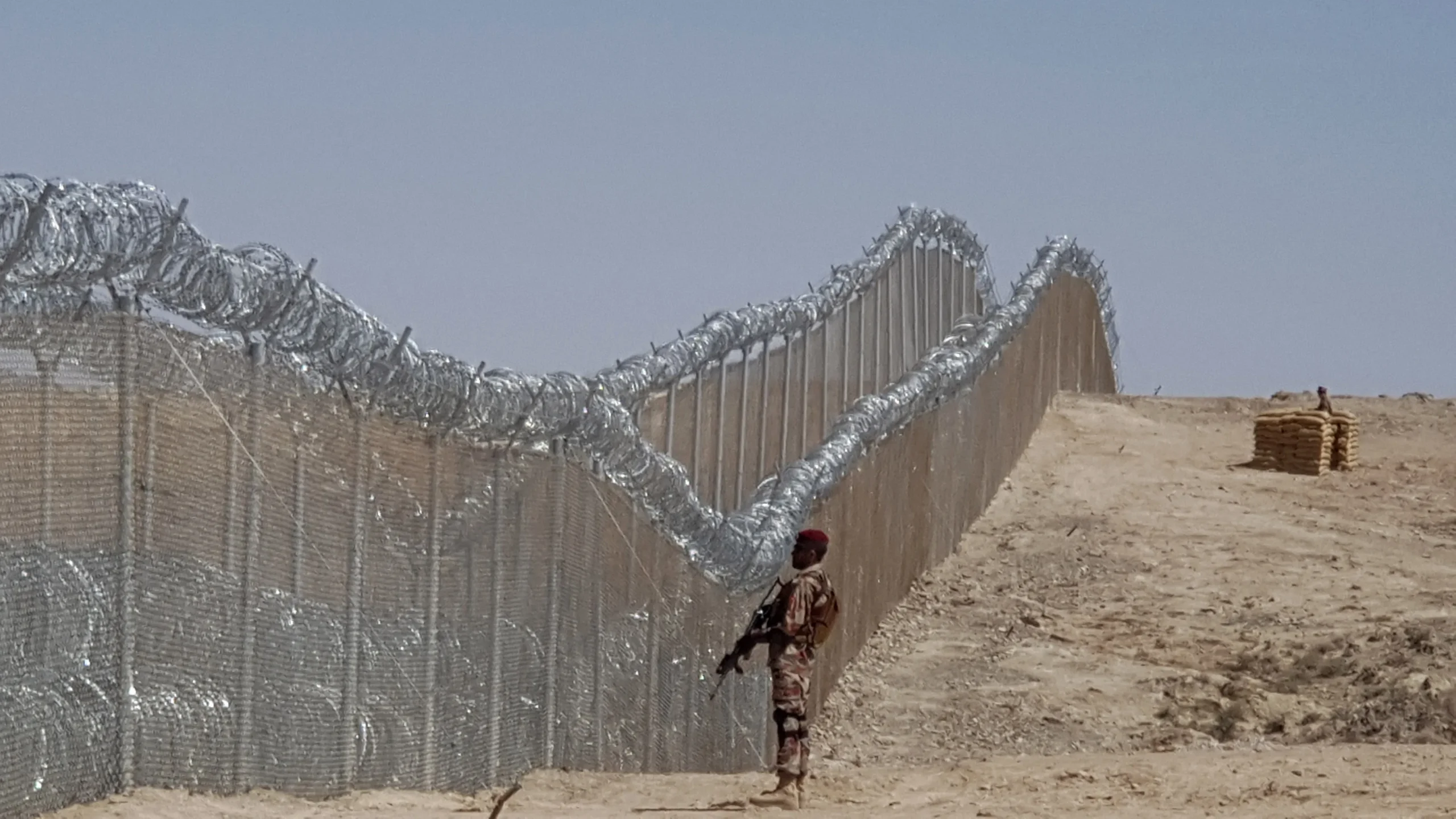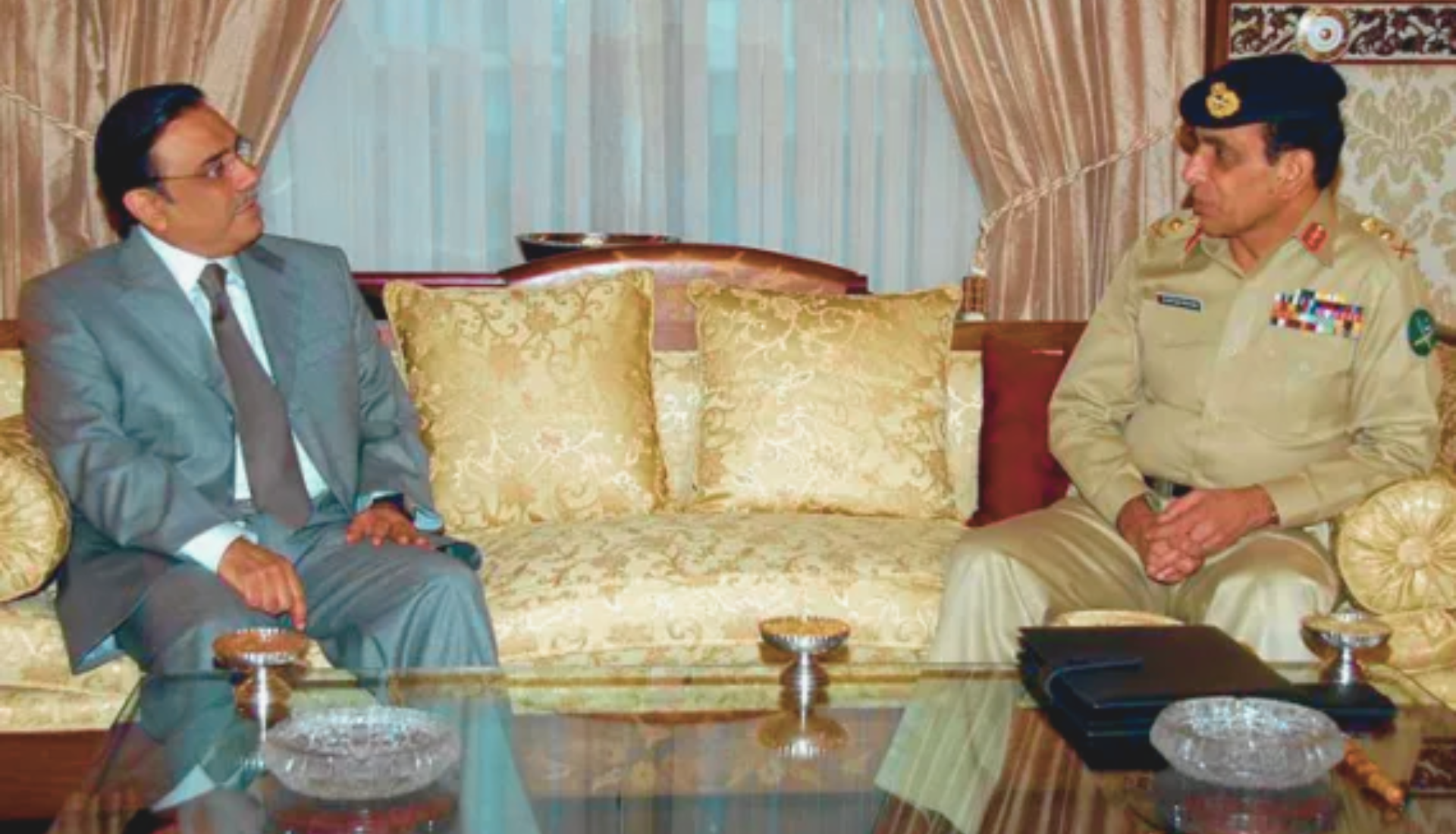SIFC at One – A year ago, today, on June 20th, 2023, a new chapter unfolded in Pakistan’s economic story with the establishment of the Special Investment Facilitation Council (SIFC). Born out of a collective desire to revitalize the nation’s economic landscape, SIFC acts as a coordinator between various government departments. Its primary focus is facilitating investors, particularly through fast-track projects that attract Foreign Direct Investment (FDI).
Building Momentum: Early Wins and Long-Term Vision
Chaired by the Prime Minister, SIFC’s goals are to streamline business processes and unlock potential across all sectors. Initially, it focuses on Agriculture, Minerals, Defense, Energy, Telecommunication, and Information Technology. Embracing a whole-of-government approach, SIFC brings together all stakeholders in a collaborative effort.
The SIFC consists of three committees:
- The Apex Committee (Prime Minister, Chief of Army Staff, Federal Minister, and Chief Ministers)
- The Executive Committee (including ministers)
- The Implementation Committee (SIFC Secretariat).
Playing a pivotal role in investment projects, the SIFC addresses obstacles to revitalize the country’s economy. By tackling bureaucratic red-tapism and fragmentation among various government authorities through a whole-of-government approach, the SIFC has rapidly positioned itself as a proponent of Pakistan’s security, stability, and development on the global stage.
![Prime Minister Shehbaz Sharif chairing the meeting of the Apex Committee of Special Investment Facilitation Council (SIFC) in Islamabad [Image via PID].](https://southasiatimes.org/wp-content/uploads/2024/06/SIFC-pid1691419102-0.webp)
Civil-Military Nexus
A key factor, notably, is the formal participation of the Pakistan Army in the economic sector. Moreover, this reflects a unifying approach to ensure continuity, predictability, and effective implementation for Pakistan’s economic revival. SIFC is an ambitious recovery plan for stabilizing and sustaining Pakistan’s economy.
Civil-military cooperation under the SIFC’s umbrella has turned promises into actions. A prime example is the recent $25 billion Saudi investment in Pakistan. Furthermore, SIFC is a transparent organization where various departments work together to complement, not compete with each other, as stated by DG ISPR in a recent press briefing.
SIFC at One: A Year of Progress and Challenges
Notably, SIFC has allocated resources for 20 initiatives and aims to achieve a nominal GDP of one trillion USD by 2035 by exploring the potential in various industries, resources and sectors.
Similarly, the bilateral deal with a Chinese company over the establishment of solar energy replacing the thermal power plant on worth 200 million USD. Untapping the potential minerals of Pakistan, substantial efforts have been made for energy generation and economic development. For example, Shanghai Electric has shown interest in enhancing energy production capacity by providing a 300-megawatt solar power facility.
Also See: Is the SIFC Single-handedly Reviving Pakistan’s Economy?
Boosting Investment and the Knowledge Economy
Acting as a potent catalyst SIFC has enhanced investors confidence by providing a safe climate and accelerating the implementation of projects. Besides, SIFC ascertains the feasibility of rare earth mineral extraction in the northern and northwestern regions acting as a huge turning point for Pakistan.

SIFC targets to increase FDI from 5 billion USD to 100 billion USD in the next three years. Next, in the field of Information Technology (IT), Pakistan aims to enhance knowledge technology exports to a value of 10 billion USD in the next three years through the collaborative effort of the Ministry of IT and Telecommunication, Price-Waterhouse-Coopers (PwC), and certain other international partners. Additionally, the construction of an IT hub aims to provide access to top-notch facilities for approximately 6,000 freelancers, with the hope that these e-services will contribute to Pakistan’s economic landscape.
In an eight-month period, 13 out of 15 SIFC objectives have been established, demonstrating remarkable efficacy. Former caretaker Prime Minister Anwar-ul-Haq Kakar expressed hope that $60 billion USD would be brought into Pakistan within the next five years.
In the agricultural sector, the Green Pakistan Initiative aims to modernize agricultural methods by reducing labour time, effective fertilizer management, and efficient irrigation process.
![Pakistan Initiative aims to bring about a second agriculture revolution in the country, creating four million jobs [Image by ProPakistani]](https://southasiatimes.org/wp-content/uploads/2024/06/A-large-wheeled-irrigation-system-in-a-field-155319985_1256x836.webp)
Despite Early Successes, SIFC Also Faces Challenges…
While efforts to attract FDI have intensified, domestic investors are increasingly looking for opportunities abroad. Addressing this challenge to retain domestic investors alongside attracting FDI requires immediate attention. Shorter payback periods, a result of the high-risk perception by foreign investors, highlight the urgency to improve the investment environment, which SIFC’s swift and transparent work promises. It provides investors with the freedom to repatriate profits in any currency, facilitating swift capital outflow from Pakistan.
Also See: Saudi Arabia Eyes Investment in Pakistan: A Strategic Embrace?
Tax Transformation: Plugging the Leaks
Pakistan loses trillions of rupees in tax revenue due to smuggling, counterfeiting, illegal trade, and tax evasion. A report by the Action and Counter Illicit Trade Alliance (ACT) highlights this.
International institutions such as the World Bank and International Monetary Fund (IMF) have called for improvement of the tax system in Pakistan to alleviate the financial burden.
To address this, SIFC is working on expanding the tax base and implementing a robust track and trace system through reforms in the Federal Board of Revenue (FBR). This will allow for digitization and automation of the tax system. Pakistan has the potential to collect an estimated 24 trillion PKR in taxes, but currently only manages to collect around 9 trillion PKR. This emphasizes the need to address structural issues immediately. Twice the annual revenue objective is lost due to negligence, corruption, and incompetence of the system. These resources could be used for the welfare and development of other necessary infrastructure.
![SIFC at One: Special Investment Facilitation Council (SIFC) seeks timelines for installation of telemetry system on key sites of Indus Basin Irrigation System (IBIS) [Image via Business Recorder]](https://southasiatimes.org/wp-content/uploads/2024/06/6525bdee22678.webp)
The Road Ahead
The journey has just begun. With a clear focus on transparency and collaboration, SIFC is laying the foundation for a brighter economic future for Pakistan. However, long-term success hinges on institutional reforms and a comprehensive economic strategy that extends beyond SIFC itself.
Moreover, significant concerns have been raised regarding SIFC, highlighting the need for institutional reforms. These reforms are crucial, as they address underlying issues essential for economic stability and growth. Furthermore, relying solely on FDI is not a sustainable solution. Therefore, addressing economic changes requires policy changes, professional expertise, administrative controls, and the development of effective mechanisms. These go beyond the efforts of just one institution.
To further improve economic conditions, SIFC has implemented measures to curb smuggling and tax evasion. One such measure is the installation of a track and trace system that initially targets the cement, fertilizer, sugar, and tobacco industries. Additionally, all investments under SIFC operate within the standard Public Investment Management framework, ensuring accountability and transparency within its operations.
Beyond Early Wins: Can SIFC Overcome Challenges?
The one-year progress journey of SIFC is a promising start, but the real test lies ahead.
Can Pakistan translate these early wins into lasting economic transformation? The answer hinges on a multi-pronged approach that addresses institutional weaknesses, fosters collaboration across sectors, and prioritizes transparency. Success requires a comprehensive economic roadmap that ensures policy continuity with a renewed focus on accountability.
The Road Ahead For SIFC Is Fraught With Challenges
Implementing large-scale institutional reforms takes time and unwavering commitment. Additionally, ensuring effective collaboration across various government agencies and the private sector can be a bureaucratic labyrinth. However, SIFC’s initial success in attracting foreign investment demonstrates its potential to be a transformative force. If SIFC can navigate these complexities and maintain transparency throughout its operations, it can unlock Pakistan’s vast potential and propel the country towards a more prominent role in the global marketplace. This is not just about attracting foreign capital; it’s about empowering domestic entrepreneurs, tackling corruption at its root, and building a robust economic engine that fuels sustainable growth for generations to come. The journey towards a brighter economic future for Pakistan has begun, and SIFC holds the key. But its continued success hinges on its ability to overcome these significant hurdles and emerge as a true catalyst for lasting change.
The views expressed in this article are the author’s own. They do not necessarily reflect the editorial policy of the South Asia Times.

![Pakistan's SIFC celebrates one year with early FDI wins, but can it overcome challenges to unlock lasting economic growth? [Image via SAT Creatives].](https://southasiatimes.org/wp-content/uploads/2024/06/SAT-Web-Banners-18.webp)

